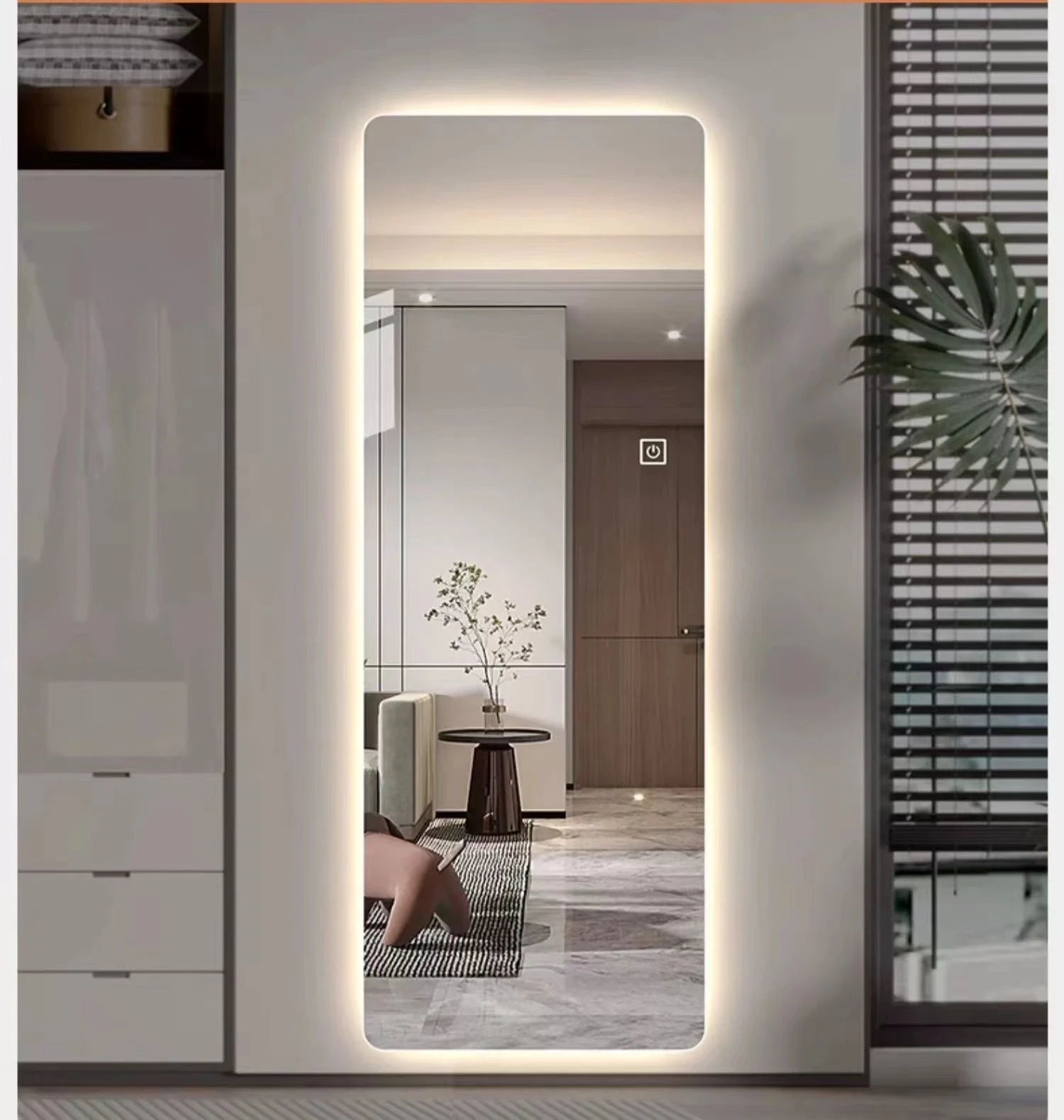

The Advantages and Applications of Low-E366 Glass
In today’s modern architecture and interior design, the choice of materials plays a crucial role in enhancing energy efficiency, aesthetics, and overall functionality. Among these materials, Low-E366 glass stands out as an innovative option that is increasingly gaining attention for its unique properties and benefits. In this article, we will explore the characteristics of Low-E366 glass, its applications, and why it is a preferred choice for energy-conscious consumers and builders.
Understanding Low-E366 Glass
Low-E, or low emissivity glass, is designed to reflect radiant heat while allowing natural light to pass through. The term 366 indicates a specific type of low-emissivity glass that is particularly effective in reducing heat transfer. Unlike conventional glass that tends to absorb a significant amount of heat, Low-E366 glass incorporates a microscopic coating, usually made of silver, that enhances its ability to reflect infrared radiation.
What sets Low-E366 apart from other low-emissivity glasses is its superior spectral performance. This glass allows more visible light to enter while minimizing heat gain from the sun. Specifically, Low-E366 glass is engineered to reject a high percentage of solar radiation, making it a fantastic option for regions with intense sunlight. The coating helps maintain consistent indoor temperatures, reducing the need for excessive heating or cooling, and ultimately contributing to lower energy bills.
Advantages of Low-E366 Glass
1. Energy Efficiency One of the most significant advantages of Low-E366 glass is its energy efficiency. By reflecting heat back to its source, whether that be the sun or a heating system, this glass minimizes energy loss, making buildings more comfortable year-round.
2. UV Protection Low-E366 glass also provides protection against harmful UV rays. This capability helps prevent furniture, flooring, and artwork from fading, thereby extending the lifespan of these valuable items.
3. Condensation Resistance The thermal insulation provided by Low-E366 glass reduces the likelihood of condensation forming on window surfaces, which can lead to mold growth and other moisture-related issues.
4. Aesthetic Appeal Besides functional benefits, Low-E366 glass enhances the aesthetic appeal of buildings. The clarity and brilliance of this glass allow for unobstructed views while enhancing natural lighting, adding a modern touch to any structure.

5. Environmental Impact Utilizing Low-E366 glass contributes to sustainable building practices. By reducing energy consumption, this glass helps lower carbon footprints and eases reliance on non-renewable energy sources.
Applications of Low-E366 Glass
Low-E366 glass finds its applications across various sectors, making it a versatile solution for numerous projects. Some common uses include
- Residential Construction Homeowners increasingly opt for Low-E366 glass in windows and sliding doors. Its energy efficiency and UV protection are major selling points for environmentally conscious buyers.
- Commercial Buildings Office buildings and retail spaces benefit from the energy-saving properties of Low-E366 glass, which aids in maintaining comfortable working environments while lowering operating costs.
- Greenhouses For those involved in agriculture, Low-E366 glass can be employed in greenhouse construction, allowing optimal sunlight while controlling the greenhouse temperature effectively.
- Skylights and Atriums The use of Low-E366 glass in skylights and atrium designs maximizes natural light and minimizes heat gain, creating bright, inviting spaces.
Conclusion
In conclusion, Low-E366 glass represents a significant advancement in window technology, offering impressive energy-saving benefits while enhancing aesthetics. As the demand for sustainable and energy-efficient building materials grows, Low-E366 glass is poised to become a cornerstone of modern architecture and construction practices. Its versatile applications and ability to promote comfortable indoor environments ensure that it remains a popular choice for builders, architects, and homeowners alike. Embracing Low-E366 glass not only contributes to personal comfort and savings but also supports a more sustainable future for our planet.